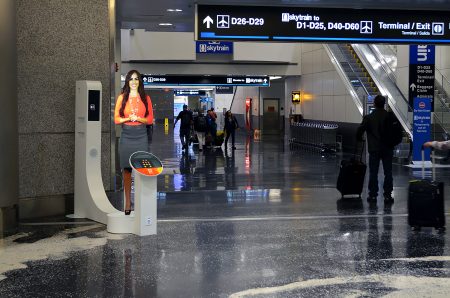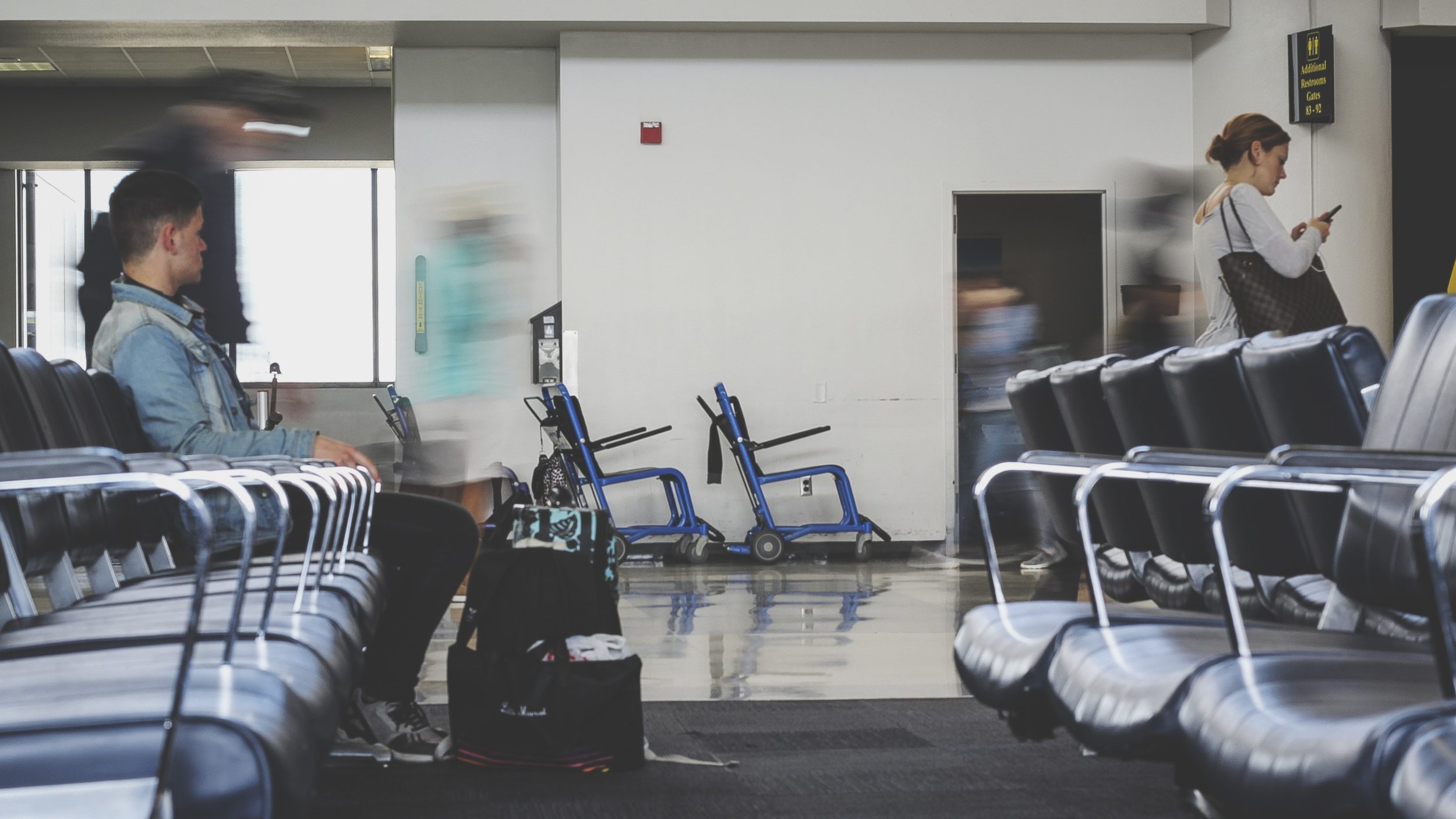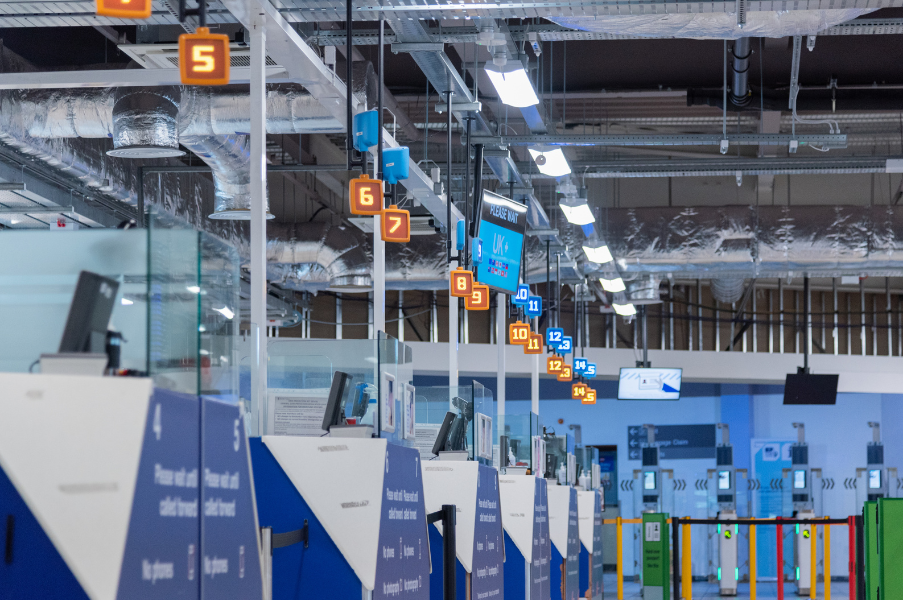- Home
- Sectors
- Solutions
- Tensabarrier®
- Tensator® Charging Stations
- Tensamedia® Wayfinding and Signage
- Lawrence® Post & Rope
- Tensator® Airport Passenger Guidance System
- Electronic Queuing – eQ™
- Tensaguide® Modular Barrier System
- Tensator Micam Protection – TMP
- Safety Solutions
- Access Control
- In-Queue Merchandising
- Holographic Virtual Assistant
- Virtual Queuing – VQMS
- Custom & Bespoke Solutions
- Resources
- About
- Contact Us
- Shop
 English (English)
English (English)
01
May

Passengers today accept that queueing is a likely part of their airport experience — but that doesn’t make it any less stressful. Those airports and airlines that take steps to improve their queue management stand to increase operational efficiency while working wonders for the customer experience. So how can you achieve this?
Here are three realistic, easy-to-implement steps you can follow to improve queue management in your airports and give everyone a smoother, safer, happier flight.
1. Find your flow with efficient use of space
The flow of movement around your airport plays a crucial role in effective queue management. To avoid unnecessary bottlenecks in high-traffic areas where you really don’t want queues forming, keep walkways clear and allow room for bags and trolleys.
For unavoidable queues, such as those at airport security and the boarding gates, the best answers often lie in simple, cost-effective physical queue management solutions.
- A retractable barrier like the Tensabarrier allows you to open up or re-design your queue layout when needed. It features an anti-tamper device and can be wall mounted to save space. Its low profile base presents less of an obstruction for mobility and visually impaired customers.
- ShortcutQ is a barrier developed specifically for areas where passenger volumes vary. When the queue is quiet, they can be opened up to allow customers to fast-track through barrier routes laid out to accommodate large visitor numbers. They’re designed to cut down on frustrations and improve customer satisfaction.
- Tensator Micam Protection (TMP) is an example of an innovation designed to improve the queuing area itself. Anti-tamper, anti-graffiti and fire-resistant, this wall protector system keeps maintenance and facilities management costs down. It also helps keep visitors safe and helps airports meet compliance requirements.
2. Make queuing seem fairer
One of the things many people dislike about queueing is the fear that they’ve chosen the slower-moving line. Not knowing how long they’ll have to wait adds to passengers’ feelings of frustration. Enter the electronic call forward system as an ideal solution.
Automated call forward systems can actually reduce waiting times by up to 30%, simply by keeping the line moving. By highlighting the free till or agent at the end of the queue, they make it flow more efficiently. They can also incorporate displays to tell visitors the expected length of their wait, removing that uncertainty.
3. Communicate with customers in the queue
Customer satisfaction plays a big role in repeat business for airports and airlines, as well as in customer safety. Keeping visitors occupied is a good way to create a positive mood, while distracting from the length of the wait.
The Virtual Assistant is an example of a system that not only keeps customers occupied but also gets their attention. As we’ve found in our work with Boston Logan airport, customers are more attentive to the Virtual Assistant than to traditional signs.
Using the assistant to explain the security area process means passengers get ready for their turn rather than being unprepared. This can cut down on waiting times.
How effective is queue management at your airport?
It isn’t just your customers that queue management helps to organise. From management’s perspective, effective queue management contributes to smooth operations across the airport.
Confident that queue management processes are keeping the crowds moving and customers happy, airport staff can busy themselves with other tasks, such as delivering exceptional customer service and answering flight queries. Programming a Virtual Assistant with a number of different languages would save your staff the time they’d otherwise spend locating bilingual colleagues and diverting them from their activities, for example. The benefits of a workforce that can step back from these manual activities and dedicate its time to the high-value tasks with a direct impact on flyer satisfaction can’t be overstated.
How effective is queue management in your airport, and what steps could you take to improve it?

 Airports and Airlines Easing the Passenger Journey
Airports and Airlines Easing the Passenger Journey  Enhancing Air Travel for Disabled Passengers
Enhancing Air Travel for Disabled Passengers  Improving queue flow and operational efficiencies for airports and airlines throughout the world
Improving queue flow and operational efficiencies for airports and airlines throughout the world 


